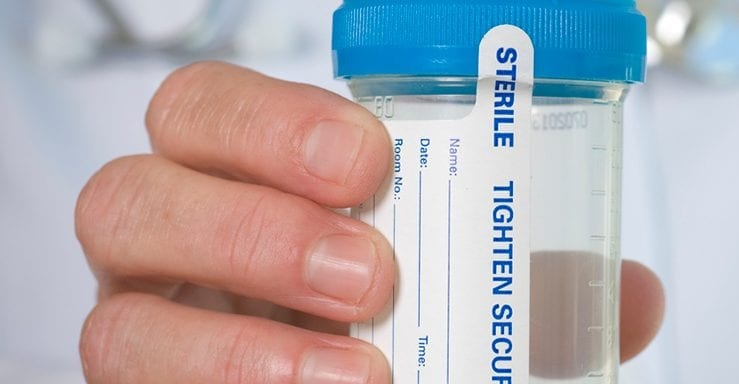According to latest data, fewer employees in 2021 had tested applicants for marijuana than in 2020.
However, the percentage of working Americans testing positive for drugs hit a two-decade high last year, driven by an increase in positive marijuana tests over the years.
Of the more than six million general workforce urine tests that Quest Diagnostics Inc., one of the country’s largest drug-testing laboratories, screened for marijuana last year, 3.9% came back positive, an increase of more than 8% from 2020, according to Quest’s annual drug-testing index.
This is up 50% since 2017. Since then, the number of states that legalized marijuana for recreational use grew to 18 from eight, plus the District of Columbia.
Fewer companies tested their employees for THC, the substance in marijuana primarily responsible for its effects, than in recent years, said Barry Sample, Quest’s senior science consultant.
According to Dr. Sample, the shifting legal backdrop and changing cultural attitudes have prompted some employers to stop testing for marijuana while companies in some states are barred from factoring the test results into hiring decisions.
These trends accelerated last year amid the recent shortage of workers, especially in states where recreational marijuana is legal, Dr. Sample added.
“We’ve been seeing year-over-year declines in those recreational-use states, but by far the largest drop we’ve ever seen was in 2021,” he said about the number of drug tests that screened for THC.
The percentage of specimens tested for THC declined 6.7% nationwide in 2021 from 2020, while that figure fell by 10.3% in states where recreational marijuana is legal, according to Quest’s data.
“We certainly heard from some of our employer customers that they were having difficulty finding qualified workers to pass the drug test,” Dr. Sample said of pre-employment tests for THC, especially in states where use of the drug is legal.
Overall, the proportion of U.S. workers who tested positive for the various drugs Quest screened for in 2021 rose to 4.6%, the highest level since 2001.
That percentage is more than 31% higher than the low of 3.5% a decade ago, in the early days of a resurgent heroin epidemic in the U.S.


